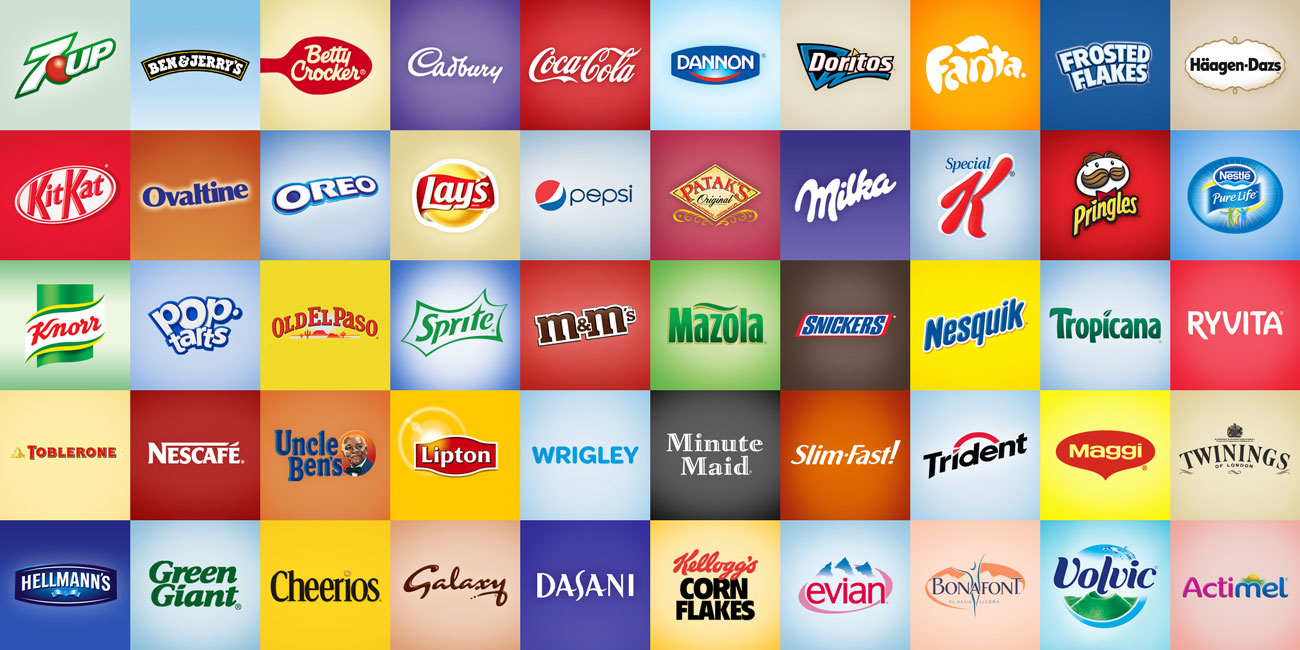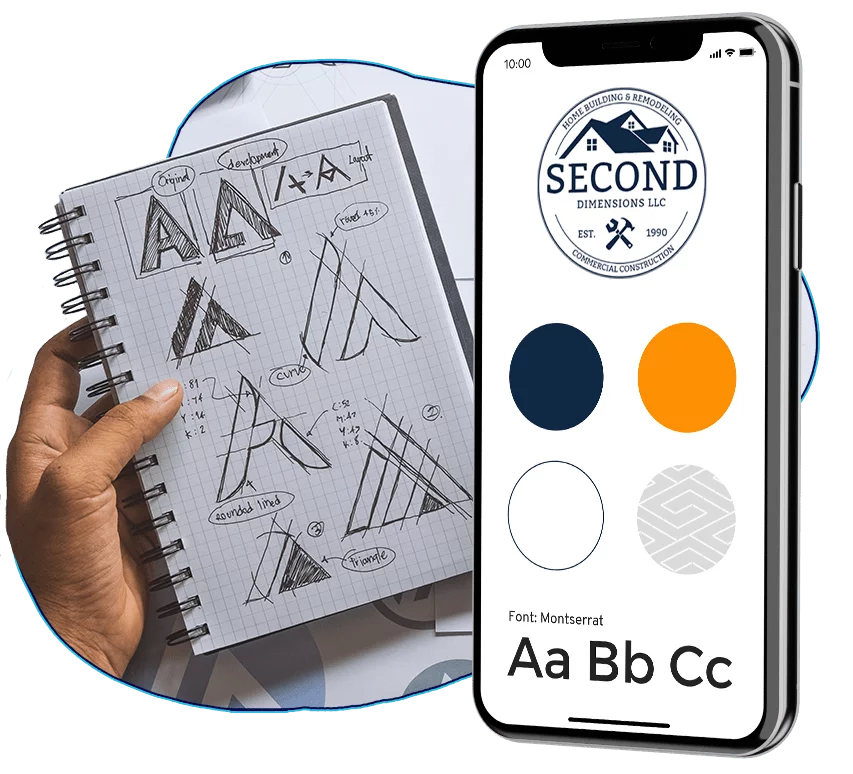How to Build a Million-Dollar Brand
To build a million-dollar brand you do not need million-dollar ad campaigns. You only need to follow three branding models: representative, associative, and collectible. First, let’s define a brand. A brand is the image, reputation, and distinct qualities of a business in the marketplace. Below we will discuss how to use each model when attempting to build a brand.
T-Mobile has successfully used hot pink (color scheme) to represent its brand. While Verizon used campaigns like the “Can you hear me now?” tagline to represent its brand. Other brands are built around awards and events. The Grammys and the Emmys are brands built around their trophies. Their trophies are not their logos, yet they are recognizable symbols of the brand.
How to Use Representative Branding in Business
A business should develop a distinct name, a simple and clean logo along with a color scheme to use as a foundation. This will allow a business to build a relationship with the market. The business name, logo, and color scheme are shorthand to customers. When customers see the combination of the name, logo, and color scheme together they will filter out all other businesses and think of one, that is the first phase of brand building.
I will add one more use of representative branding that goes unnoticed: Geography. Although it applies mainly to smaller, local businesses, adding a location to your business is a clear sign of representation and can help customers identify the business. Imagine a business named Mike’s Plumbing versus Mike the Houston Plumber. The geographic representation identifies where the business is located and where the service is provided.
Representative branding in business
- Name
- Logo
- Color scheme
- Tag lines
- Awards
- Events
- Location
Great burgers and great customer service.” Ro’s Burgers (and its representative brand: logo, color scheme, etc) are now associated with good food and great customer service. Associative branding is not definitive like representative branding. You decide your representative brand and it only changes when you decide to change it. Associative branding is fluid and can vary between customers. A customer’s experience or experiences determine your associative brand. On digital platforms, your associative brand is represented by ratings (1 – 5 stars).
How to Use Associative Branding in Business
The goal of any business is for customers to associate their brand with reliability and value. Before online review platforms, only referrals (and the BBB) allowed customers to achieve this goal. Now a customer’s online review is the best form of representative branding that exists. A positive review allows your brand to grow and builds trust with potential customers, while negative reviews can and have closed many businesses. A negative review represents a business that is unreliable and not trustworthy. This is why reviews are so important, they are a representation of your business to the market. It is also you must pay close attention to your online reputation and monitor it closely.
Online Reviews
- Referrals
- Reviews
Collectible Branding
The pinnacle of branding is if the brand is collectible. This is branding gold. The brand has been retained, communicated, referred to, and referenced, and reached the final stage of being collectible. Tiffany and Co is a collectible brand, but brands like Gucci, which sell extremely well, are not. The brand must be a recognizable, representative brand, and have a positive associative brand to reach collectability. To compare the collectability of a brand all brands can look at Coca-Cola. It has a representative brand known around the world and has a highly favorable associative brand.
How to Use Collective Branding in Business
Collectability, as it relates to business, does not have to be conventional, it can be a small resemblance to collectible. If you’re a restaurant and you give away a series of plastic cups by the season that resembles collectability. Anything you can do as a business to seem collectible and get your logo into a customer’s home is the pinnacle of branding. If customers keep the item with your logo on it, you are achieving the collective branding goal. A loyalty card resembles collectability. They are carrying your card in their wallet. They have kept your logo on their person for a beneficial reason. Your merchandise can also resemble collectability.
- Loyalty Programs
- Merchandise
- Pictures (especially check-ins)
Building a brand can take time, but it is achievable. If you build relationships with the market through representative, associative, and collective branding, your business has a strong chance of succeeding. Use each phase starting with representative branding. Establish the name of your business, color scheme, and logo. Once those are established you can use digital platforms to build your online presence and marketing materials. Now you are ready for the market. Providing a great product and great service will build a positive associative brand. Finally, attempt to resemble some form of collectability and get your logo permanently into your customer’s home. You are now well on your way to success.




